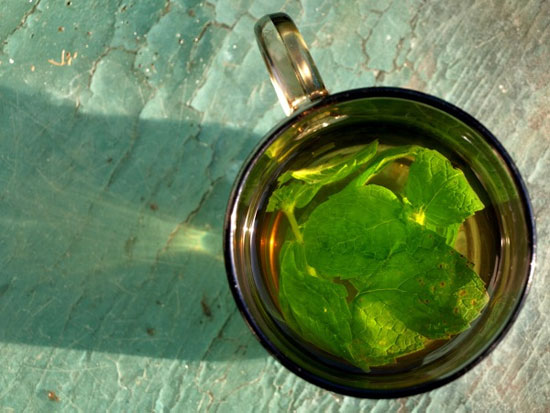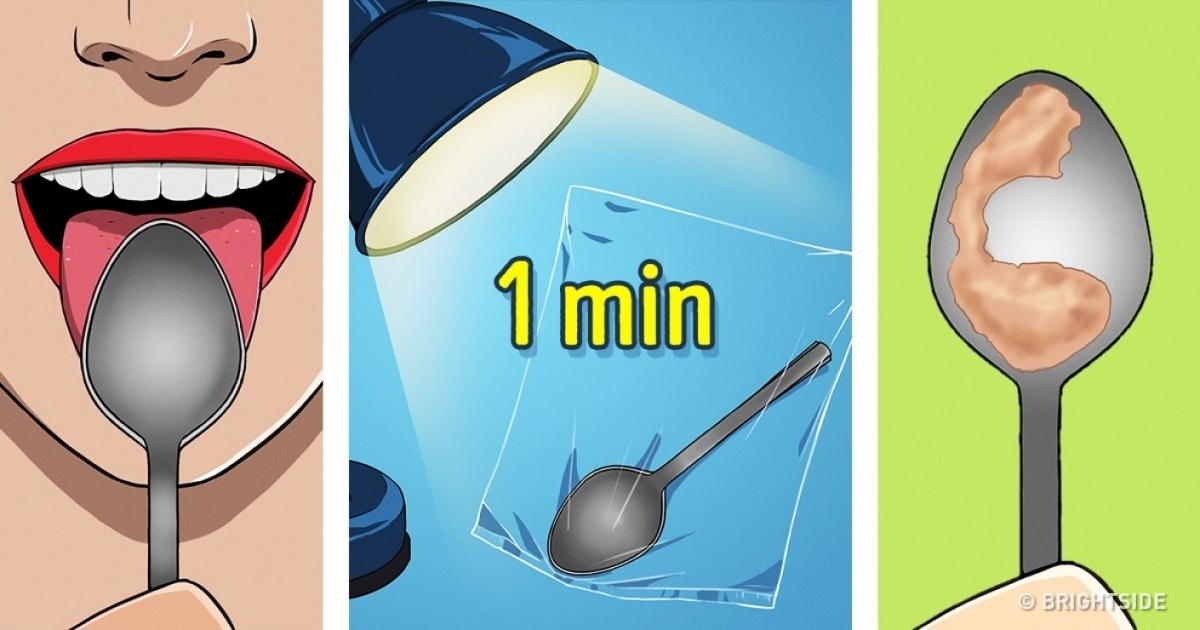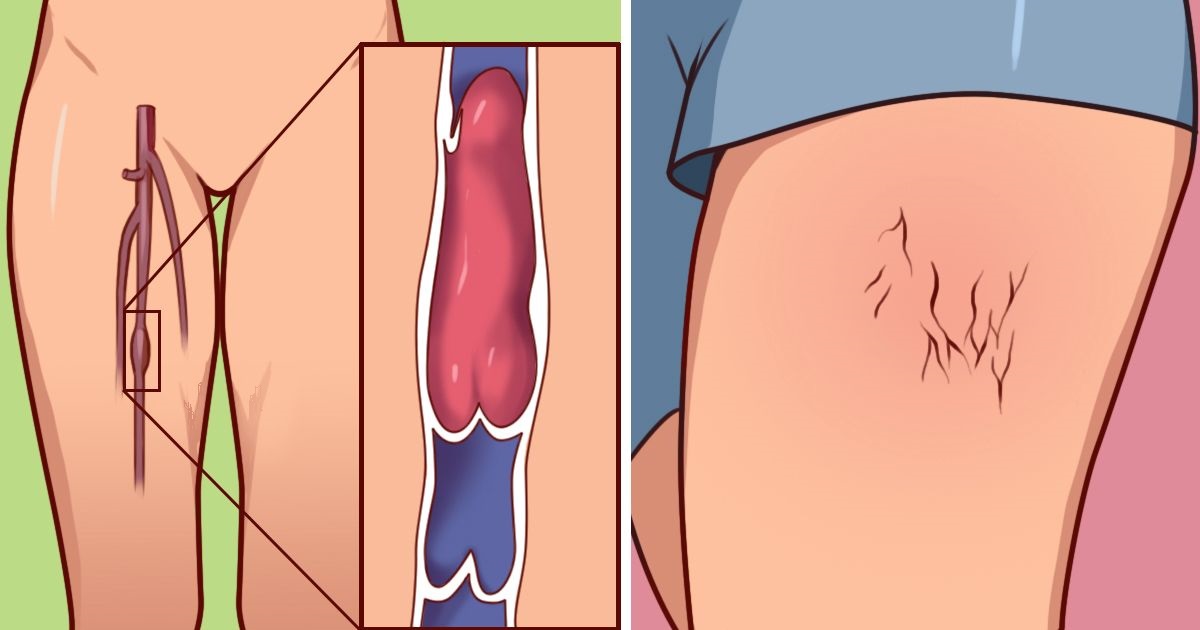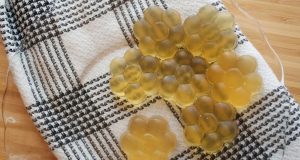In medicine, mallow is considered as one of the best means for lining of the mucous membrane thanks to the high content of mucus. It mostly cures the respiratory organs – throat inflammation, bronchitis, cough release, cleans the mouth, it cures acne, it cleans the lungs.
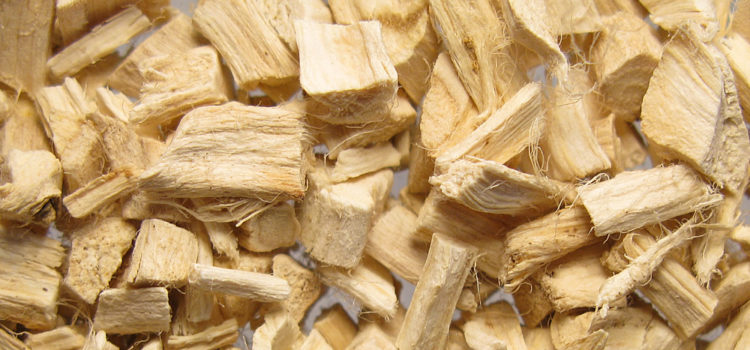
White mallow, Althaea officinalis is long used as a medical herb. The Latin name also speaks about the noble action of this plant on many organs in the body.
The white mallow grows in valleys, on wet lands. The flowers are harvested from June to August and dry on warm air. The medicinal parts are the root, the leaves and the flowers and most commonly used are the leafs and the root. The chemical analysis of the root shows that it is full of herbal mucus (18-45%), pectin and tannin, while the leaf contains flavonoids, minerals and other.
Medicinal herbal parts
The leaves are harvested when the herb is flowering and the root is pulled out in early spring or fall. The root is pulled out, cleaned from dirt and small roots and washed. Well dried root should be white and powdery. You can often find it peeled, the peel is removable.
The medicinal and good parts in mallow are mucus, starch, sugar, pectin, tannin, oil, mineral salts etc.
Thanks to such chemical content, the herb is applicable for many conditions affecting the respiratory, digestive and urinary tract. It is considered as one of the best means for dealing with mucus renewal. Such effect is thanks to the high mucus content. The soft structure protects the membrane and gets the infections milder. That is why mallow is one of the most common herbs that are used in dealing with coughs. Mallow lowers the spasm of the muscles in the respiratory tract and coats the membrane so it calms the dry, irritated cough. It is very effective herbal medicine for this.
Medicinal effect
In the old century, the root was highly appreciated. The white mallow tea has positive effects on cough, bronchitis and lunge cache. It is recommended as a medicine for bronchial asthma and initial lung tuberculosis, catarrh in the bladder, painful urination or difficulties keeping the urea. It is useful for treating diseases of the whole digestive tract, especially inflammation of the colon, diarrhea, vomiting, shigellosis etc.
It can be used for treatment of other diseases when mixed with other herbs. Today, it is rarely made as tea, and it is basically just an addition to teas for coughing and its effect increases the mucus that creates a protective layer. It also works to calm the acute inflammation of the stomach membrane, when mixed with chamomile. It can also help smokers.
This herb can be externally used too, as it is often a part of many creams for treatment of ulcers and varicose veins, and is also good in hydration of skin.
Recipes
This tea has different preparation than others, since a wrong preparation leads to loss of effect.
Pour 8,4oz. of lukewarm or cold water over 2 spoons of white mallow, and leave it for at least an hour, ideally two, to create enough mucus. Heat it a bit afterwards, add a bit of honey and drink it three times a day.
It is practical to make more at once. The tea can be used to rinse the nose, or you can use drops (1-2) 3 times a day. It works for stuffed nose and can be used for children.
It can also help for intestinal diseases: it helps for both constipation and diarrhea. It can be used for bladder problems, difficulties when urinating and kidney conditions as well.
Mallow as food
In dried mallow root has many nutritive things: 75% carbohydrates, important starch and sugar source. In the past, the root was used as vegetable.

